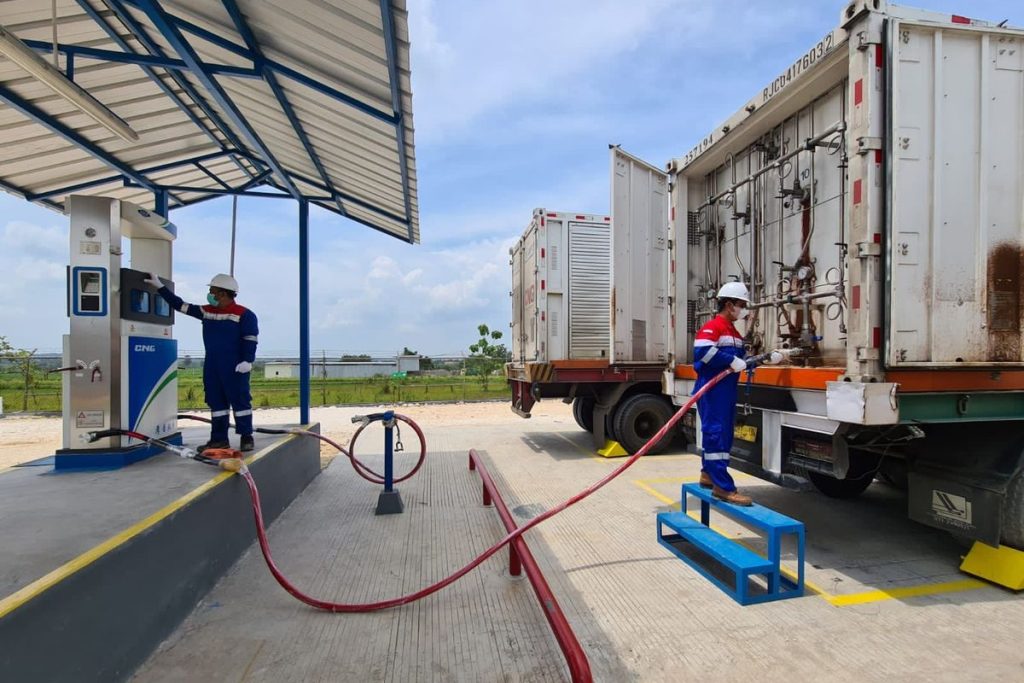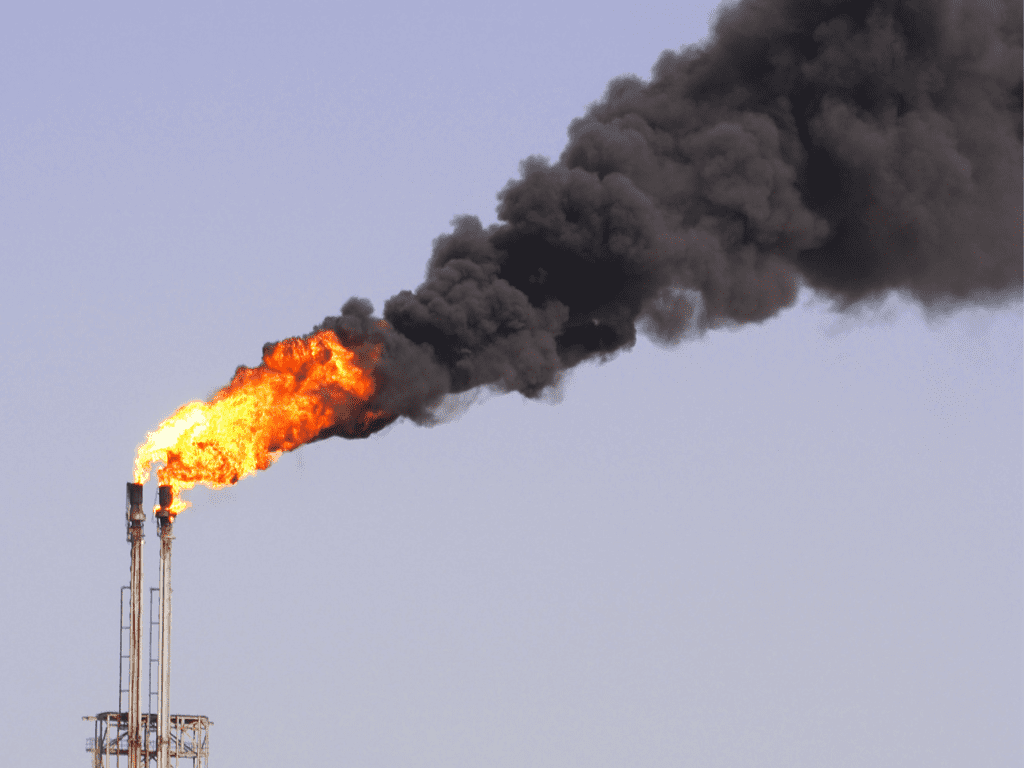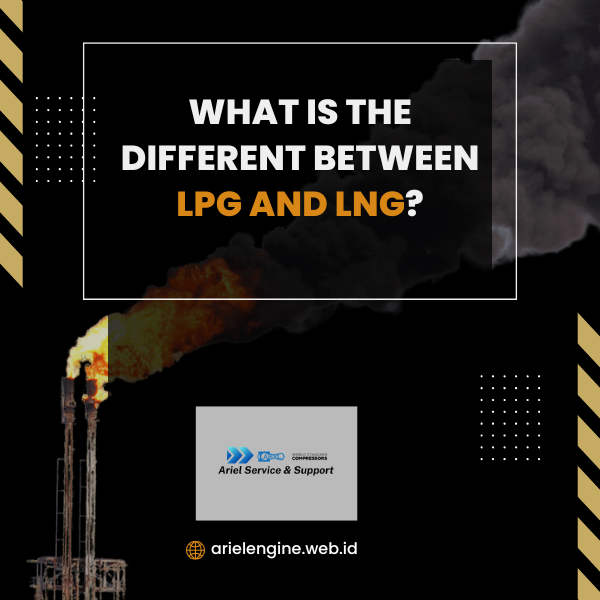If you’ve ever been to a gas station or used gas to cook at home, you’ve probably heard the terms LPG and LNG tossed around. They’re both types of natural gas products, but they’re quite different in terms of how they’re produced, transported, and used. While they both come from natural gas or oil sources, LPG (Liquefied Petroleum Gas) and LNG (Liquefied Natural Gas) serve different purposes and have distinct properties. Understanding the difference between LPG and LNG isn’t just useful for gas industry professionals; it’s important for anyone who uses gas in their daily life, whether in the kitchen, on the road, or for heating their homes.
In this article, we’re going to break down the differences between LPG and LNG, what they are, how they’re processed, their uses, and why they are each suited for specific applications. We’ll also touch on how each is handled and stored, and explore the environmental considerations behind their use. Don’t worry—this will be straightforward and easy to understand, with no complicated jargon.

What is LPG?
Let’s start with LPG, or Liquefied Petroleum Gas. LPG is a group of gases—primarily propane (C3H8) and butane (C4H10)—that are found in natural gas and crude oil. When these gases are extracted from either natural gas or crude oil during refining, they are cooled down and pressurized until they become liquid. In their liquid form, LPG is easy to store and transport. When you use it, for example, in your home’s cooking stove or a BBQ, it’s in its gaseous form, which is what makes it so useful as a fuel.
Where does LPG come from?
LPG is primarily produced during the refining of crude oil or through natural gas processing. Crude oil contains both light and heavy hydrocarbons, and LPG is extracted from the lighter ones, which include propane and butane. Similarly, when natural gas is processed to remove impurities, the heavier hydrocarbons are separated out as LPG.
How is LPG stored and transported?
LPG is stored and transported in its liquefied form under pressure. A simple example is a gas cylinder, which you may have in your kitchen. Inside the cylinder, the gas is liquefied by the pressure inside the tank. When you open the valve, the pressure releases, and the gas turns back into vapor, which can then be used for heating or cooking.
What is LNG?
Now, let’s talk about LNG, or Liquefied Natural Gas. LNG is methane (CH4) that has been cooled to an extremely low temperature, about -162°C (-260°F), to turn it into a liquid. The process of liquefying natural gas significantly reduces its volume, making it easier to transport and store, especially over long distances where pipelines aren’t feasible. Once it’s transported, LNG is typically turned back into a gas before being used in homes, industries, or power plants.
Where does LNG come from?
LNG comes from natural gas deposits, which are mostly composed of methane, the simplest and lightest hydrocarbon. Natural gas is extracted through drilling and is then processed to remove impurities (like water, carbon dioxide, and sulfur). Afterward, it’s cooled to form LNG, a liquid form that’s about 1/600th the volume of the original natural gas.
How is LNG stored and transported?
LNG must be stored at extremely low temperatures to maintain its liquid state. Specialized LNG tankers and storage tanks are used to transport and store LNG. When it reaches its destination, it’s often regasified at LNG import terminals, where it’s heated and turned back into methane gas for use in electricity generation, industrial processes, or residential heating.
Key Differences Between LPG and LNG
Now that we know what LPG and LNG are, let’s dive into the key differences between them. These differences are based on their composition, processing, storage, transportation, and uses. By the end of this section, you’ll have a clearer understanding of how LPG and LNG are distinct from one another.
| Aspect | LPG (Liquefied Petroleum Gas) | LNG (Liquefied Natural Gas) |
|---|---|---|
| Main Component | Propane (C3H8) and Butane (C4H10) | Methane (CH4) |
| State | Liquefied under pressure | Liquefied at very low temperatures |
| Storage | Stored in pressurized tanks or cylinders | Stored in insulated cryogenic tanks |
| Volume | Less volume reduction compared to LNG | Volume reduced by 600 times when liquefied |
| Production Process | Extracted during natural gas processing and oil refining | Produced by cooling natural gas to very low temperatures |
| Transport | Transported in cylinders or tankers under pressure | Transported in cryogenic tankers at low temperatures |
| Uses | Cooking, heating, autogas (vehicles), industrial heating | Power generation, residential heating, industrial processes |
| Environmental Impact | Cleaner than coal and oil, but still emits carbon | Lower carbon emissions compared to LPG, but still contributes to global warming |
1. Composition
The biggest difference between LPG and LNG is their composition.
- LPG is a mixture of propane and butane, both of which are heavier gases compared to methane. These hydrocarbons are generally produced in the refining of crude oil or processing of natural gas.
- LNG, on the other hand, is made up of almost pure methane, which is the lightest of all hydrocarbons. Methane is the primary component of natural gas, which is extracted from underground reserves.
While both LPG and LNG come from natural gas reserves, LPG is a byproduct of both crude oil refining and natural gas processing, whereas LNG is strictly derived from natural gas.
2. Production Process
LPG is produced by separating the heavier hydrocarbons (propane and butane) from natural gas or crude oil during processing. LNG is produced by cooling natural gas to cryogenic temperatures until it liquefies. This cooling process reduces the volume of the gas by about 600 times, which makes it much easier to transport over long distances.
3. Storage and Transportation
One of the most noticeable differences is how these two fuels are stored and transported:
- LPG is stored under pressure in tanks and cylinders, which keeps it in liquid form. It can be transported by road, rail, or ship in pressurized containers. LPG is also stored in bulk tanks for large-scale distribution.
- LNG requires extremely low temperatures (about -162°C) to remain in liquid form. It’s stored in insulated cryogenic tanks and transported in specialized LNG tankers or trucks. These insulated tanks ensure that the LNG remains at a low enough temperature to stay liquid during transportation.
The difference in storage and transportation requirements makes LNG more expensive and complex to handle compared to LPG.
4. Uses of LPG and LNG
While both LPG and LNG are used as fuels, they are suited to different applications due to their chemical properties:
- LPG is widely used for cooking (in gas stoves and BBQs), heating (in homes, especially in areas not connected to natural gas pipelines), and as fuel for vehicles (known as autogas). It’s also used in industries for heating and power generation.
- LNG, due to its low volume when in liquid form, is primarily used for power generation, industrial heating, and residential heating in areas that use natural gas. It’s also increasingly being used as a fuel for ships and trucks in the form of LNG-powered engines.
While LPG is more commonly used in household and small-scale applications, LNG is used in large-scale industrial and energy applications.
5. Environmental Impact
When it comes to energy sources, the environmental impact is one of the most significant factors that influences how we choose and use fuels. Both Liquefied Petroleum Gas (LPG) and Liquefied Natural Gas (LNG) are considered cleaner alternatives compared to traditional fuels like coal and oil, but they still have an impact on the environment. The environmental footprint of these fuels depends on several factors, including the emissions produced during their extraction, transportation, storage, and use. Let’s take a closer look at how LPG and LNG compare in terms of their environmental impact.

1. Emissions During Combustion
Both LPG and LNG are fossil fuels, and when burned, they release carbon dioxide (CO2), which is a greenhouse gas contributing to global warming. However, the key difference lies in the amount of CO2 and other pollutants they emit.
LPG Emissions:
- CO2 Emissions: LPG is a mixture of propane and butane. When burned, it produces carbon dioxide (CO2), although it is cleaner than coal or oil. According to research, burning LPG releases around 2.5 kg of CO2 per liter of LPG burned. This makes LPG one of the cleaner alternatives for household and industrial heating, cooking, and even vehicle fueling.
- Other Pollutants: LPG is also relatively low in sulfur, particulate matter, and nitrogen oxides (NOx) compared to coal and oil. This makes it a better choice for reducing air pollution, particularly in urban areas where air quality is a growing concern.
LNG Emissions:
- CO2 Emissions: LNG is composed mainly of methane. When burned, methane produces less CO2 than propane or butane. Specifically, methane emits around 1.9 kg of CO2 per cubic meter when combusted. Because methane is a lighter hydrocarbon, burning LNG typically results in lower CO2 emissions per unit of energy produced than LPG or traditional fuels like coal or oil.
- Methane Leakage: One of the biggest environmental concerns with LNG is methane leakage during its production, transportation, and storage processes. Methane is a potent greenhouse gas with a global warming potential much higher than CO2. If methane escapes into the atmosphere before it’s burned, it significantly contributes to climate change. This makes methane leakage control an important aspect of the LNG lifecycle.
2. Production and Extraction Impact
Both LPG and LNG are derived from natural gas and crude oil, which means that their environmental impact begins with the extraction process. The environmental footprint of extraction varies based on the source, methods used, and the regions from which the fuels are sourced.
LPG Production and Extraction:
- Natural Gas Processing: LPG is typically extracted during the refining of crude oil or the processing of natural gas. While the extraction of natural gas can be cleaner than coal or oil, it still has an impact on the environment, especially if fracking (hydraulic fracturing) is used. Fracking can lead to water contamination, habitat disruption, and methane leakage into the atmosphere.
- Crude Oil Refining: The process of extracting and refining crude oil to produce LPG can be energy-intensive and polluting. Refining involves high temperatures, chemicals, and significant energy use, contributing to emissions of CO2, volatile organic compounds (VOCs), and other pollutants.
LNG Production and Extraction:
- Natural Gas Extraction: LNG production begins with the extraction of natural gas, typically through conventional drilling or fracking. As mentioned earlier, fracking can be a significant environmental concern due to its potential to cause groundwater contamination, land degradation, and methane leakage.
- Liquefaction Process: After natural gas is extracted, it must be cooled to become LNG. The liquefaction process involves significant energy consumption, often provided by natural gas itself, which adds to the environmental impact of LNG production. In addition, the infrastructure required for liquefaction plants—such as refrigeration units and compressors—can be quite resource-intensive.
3. Transportation and Storage
LPG Transportation and Storage:
- Pressurized Tanks: LPG is transported in pressurized cylinders or tankers. While LPG is relatively easy to store and transport, the handling of pressurized cylinders and tanks requires safety measures to avoid leakage.
- Environmental Impact: The transportation of LPG involves the burning of diesel or other fuels by transport vehicles, which adds to the carbon footprint. The energy required for pressurizing LPG also contributes to its environmental impact, although on a smaller scale compared to LNG.
LNG Transportation and Storage:
- Cryogenic Tankers: LNG requires transportation in cryogenic tankers that maintain temperatures of about -162°C to keep the gas in its liquid form. The transportation process itself is energy-intensive, as the liquid must be kept at extremely low temperatures.
- Energy Use: In addition to the fuel consumed by LNG tankers, the liquefaction process itself requires large amounts of energy, often supplied by natural gas or other fuels. This means that while LNG is a cleaner fuel when used, its production and transportation come with a significant environmental footprint.
- Methane Leakage: One of the greatest risks to the environment from LNG transport is the leakage of methane during loading and unloading operations, as well as during transit. If methane is released into the atmosphere, it has a much higher warming potential than CO2.
4. Water Use and Environmental Damage
LNG’s liquefaction process typically uses large amounts of water for cooling. This can put pressure on local water resources and potentially affect local ecosystems. In addition, some LNG facilities are located near coastal areas, and the environmental impact on marine life from the infrastructure and potential accidents (like spills) is a concern.
LPG, on the other hand, doesn’t require as much water for its storage or transportation, making its impact on water resources comparatively lower.
5. Overall Environmental Comparison
Let’s summarize the environmental impacts of LPG and LNG based on the key areas discussed:
| Aspect | LPG | LNG |
|---|---|---|
| CO2 Emissions | Lower than coal and oil but still emits CO2 when burned | Even lower CO2 emissions compared to LPG, as it’s primarily methane |
| Methane Emissions | Small risk of methane leakage during storage and transportation | High risk of methane leakage during extraction, transport, and storage, which is a potent greenhouse gas |
| Production Impact | Can involve fracking and refining processes with environmental risks like water contamination and energy consumption | Extraction via fracking and liquefaction processes use significant energy and water |
| Energy Use | Relatively low energy consumption for transport and storage | High energy consumption during liquefaction and transportation |
| Water Use | Minimal water use compared to LNG | Significant water usage in the liquefaction process, often in coastal areas |
| Pollution | Low levels of air pollution compared to coal and oil | Cleaner burning, but potential for methane leakage and water impact from plants |
on footprint per unit of energy produced, especially if it’s sourced from natural gas fields that minimize methane leakage during extraction.
Conclusion
So, what’s the final takeaway? LPG and LNG are both important fuels derived from natural gas, but they have distinct properties that make them suited to different uses.
- LPG is a mixture of propane and butane, stored under pressure, and is commonly used for cooking, heating, and fueling vehicles.
- LNG is pure methane, stored at extremely low
